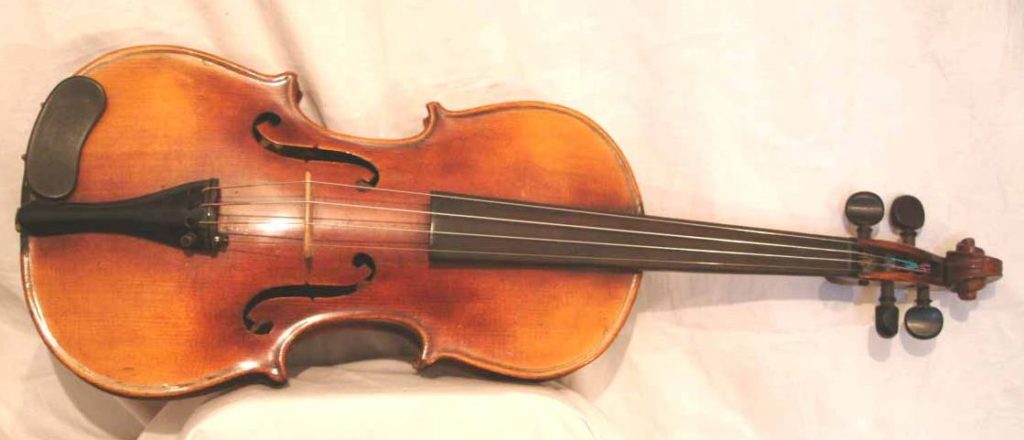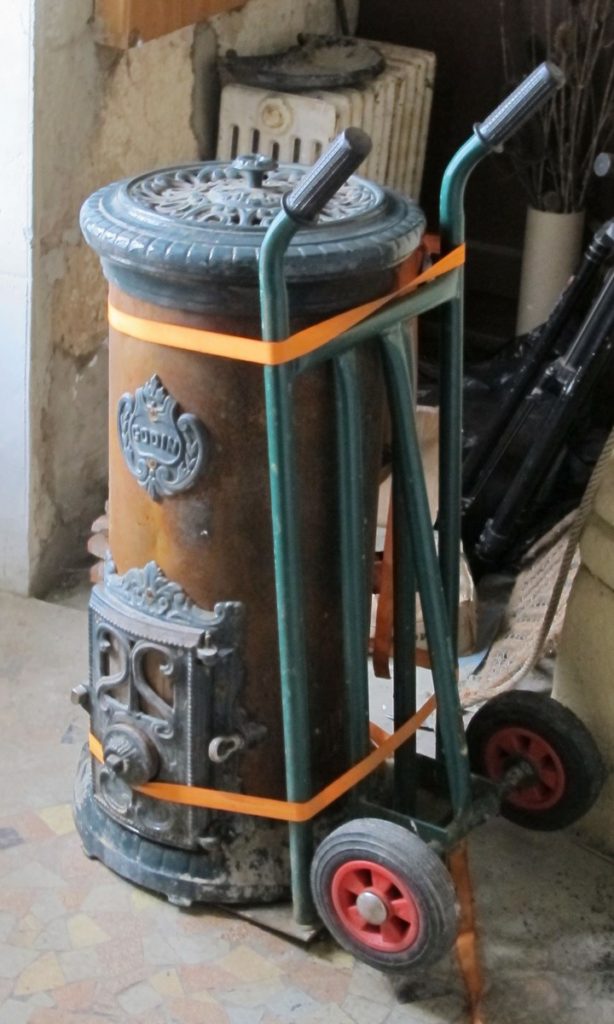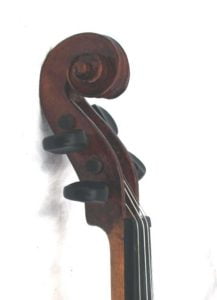[caption id="attachment_471" align="alignleft" width="258"]
 My surviving tomato plant[/caption]
My surviving tomato plant[/caption]Tomato Plants on the agenda again
Tomato plants? Well, spring in France this year was the worst I can remember, and so far summer has not been much better. By this time I should be on first-name terms with the community of lizards that live in my courtyard, but this year, hardly a hello. They’re all still hiding.
Mind you, it’s not been so bad for all the critters in the yard. My pet hate, les limaces, our delightful Burgundian slugs, are positively thriving. I mean, these ones are not shy, they don’t even try to hide, and they’re bright orange anyway. Maybe it’s a warning that they taste disgusting. I’ll let someone else find out. What I do know is they like my tomato plants.











